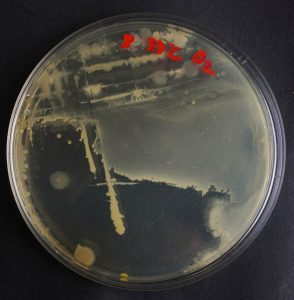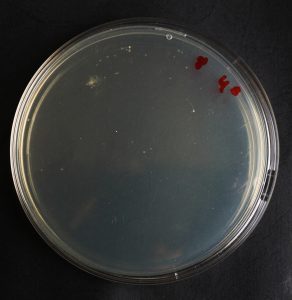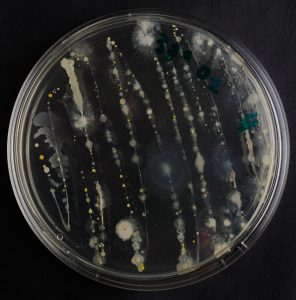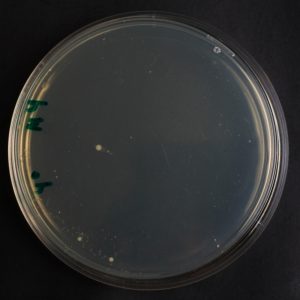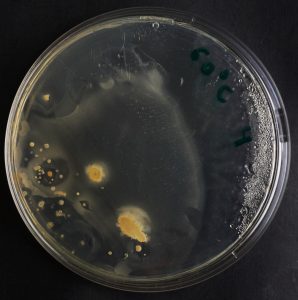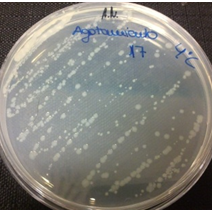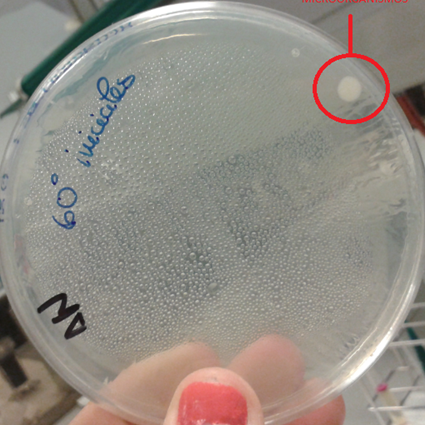Temperature
Influence of the temperature on microbial growth
Content
Factors that influence the growth of microorganisms: the temperature. Maximum, optimum and minimum temperature. Hyperthermophiles, thermophiles, mesophiles and psychrophiles.
Overview
The growth of the microorganisms is influenced by various factors. The most important of these include the aeration and the temperature. With regard to the latter, the Temperature, the microorganisms have a range of temperatures in which they can grow. This range is determined by the maximum temperature of growth, above which they cannot live and they even die; the minimum temperature below which they cannot grow, although in general they do not die; and the optimum temperature in which they grow the best.
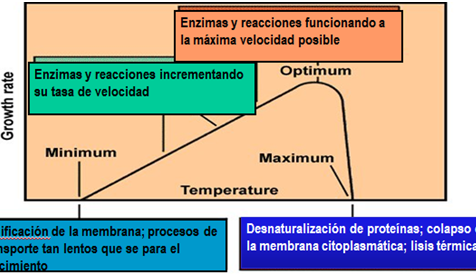
In view of this temperature range of growth, the microorganisms are classified into:
Hyperthermophiles: Their optimum temperature is above 80ºC. Many of them are archaea.
Thermophiles: Their optimum temperature is between 45-70ºC. They are usually free-living microorganisms.
Mesophiles: Their optimum temperature is between 25-45ºC. Pathogenic and commensal microorganisms of humans and warm blooded animals and some free-living microorganisms are included in this group.
Psychrotrophic: The optimum temperature of the microorganisms of this group is below 25 – 30°C and free-living microorganisms are included in it.
Psychrophiles: Their optimum growth temperature is between 12 – 15°C.

The methods that are used to obtain a constant temperature for the in vitro culture of the microorganisms are:
- The culture oven. – There might be fluctuations of between 1 to 3ºC in it.
- The thermostatic bath. – It keeps the temperature more stable. The fluctuations in it are usually less than 1ºC.
Objectives
Observe the influence that the temperature has on the development of the microorganisms.
Carrying out the practical
Three nutrient agar plates are inoculated with the mixed culture using the inoculation loop streaking technique or the streak plate method.
They are incubated at a room temperature (25ºC approximately), 4ºC, 37ºC and 60ºC for 24 hours.
After incubation it is observed that there was no growth on the plates that were at 4 and 60ºC, while growth is observed on the two plates incubated at room temperature and at 37ºC, although there was more growth on the plate that was incubated at 37ºC. So the conclusion drawn is that the microorganisms in the culture are mesophiles, seeing as their optimum growth is at 37ºC, while room temperature, between 22-25ºC, is within their growth range seeing as they have grown but less.
To check the effect of the minimum temperature (4ºC) and the maximum temperature (60ºC) the two latter plates are now incubated at 37ºC for 24 hours. After this incubation period it is observed that the microorganisms that were previously subjected to 4ºC grow normally while in the plate that had been previously incubated at 60ºC there is either no growth or a few colonies might appear, which shows that some species that exist in the mixed culture do produce spores, structures that are resistant to adverse environmental factors, such as the high temperatures.
Educational Innovation Activities Assistance- Vice Rector for Academic Affairs/ Enquiries and technical matters – Tel: 96 522 2059 –
